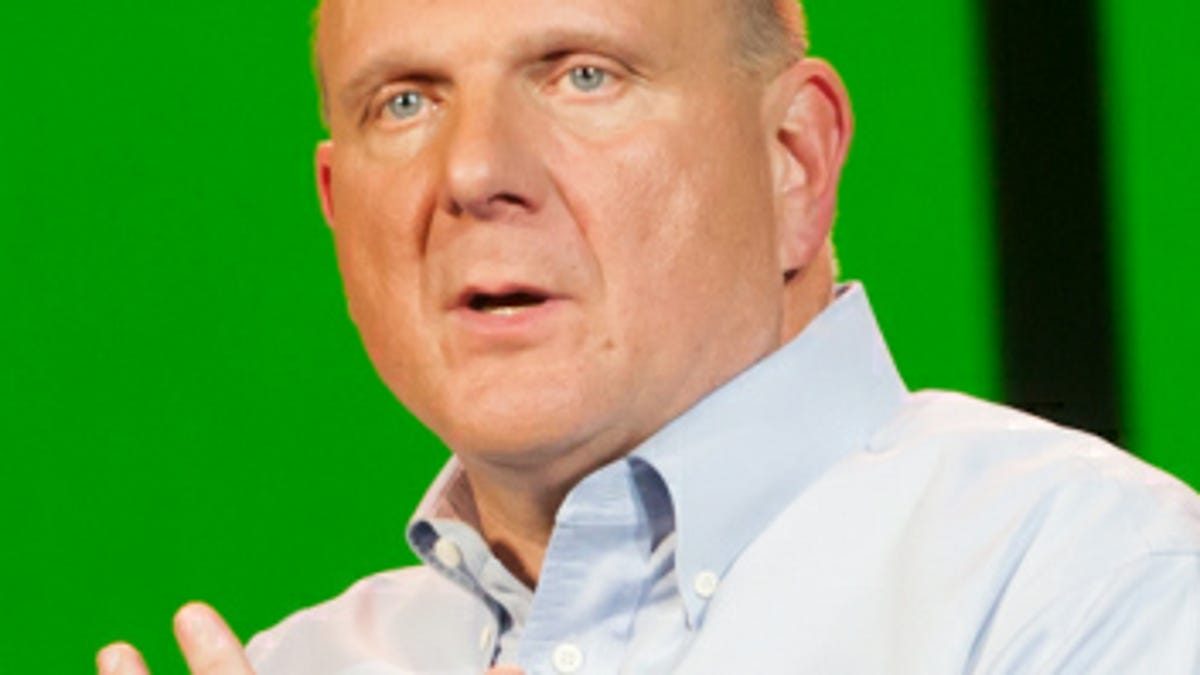The three phases of Steve Ballmer's tenure at Microsoft
There's more than one way to look at how Microsoft's CEO has ruled the roost over the past few years.

It's almost time for those of us in the U.S. to disappear for a holiday and indulge in some tofu pups. Or other Fourth of Julyish foods of one's choosing.
In that spirit, I'm going to do you a favor. Don't waste a lot of time on the "Microsoft Downfall" story in the August issue of Vanity Fair. I don't say this because I am critical of negative Microsoft stories. I've written a few of those myself over the years, weeks, and months.
But if you follow Microsoft, you've read this tale already. More than a few times. The Cliff Notes version: Microsoft employees hate Microsoft's stack ranking performance-management system that's been tweaked and retweaked (slightly) for more than five years. (And who can blame them?) Some employees left because of it. Others left because they lost key internal battles that happen in companies of all sizes. Again, I'm not saying I blame them for quitting over this. It's just corporate politics as usual, sadly.
Instead, if you want some vegetarian or carnivorous fodder worth chewing, I'd suggest a new blog post from Hal Berenson, a former Microsoft Distinguished Engineer. Berenson's last paragraph -- which I've chopped into three for readability's sake -- cuts to the chase, in my view, when it comes to analyzing CEO Steve Ballmer's tenure at Microsoft.
Berenson succinctly explains:
"To me there are three phases in Steve's leadership of Microsoft. In the first phase, while he was president, and the first few years as CEO, he mostly focused on keeping the ship from sinking in the face of antitrust and economic concerns. Efforts started during this time were heavily influenced by that environment, often with positively ugly results (e.g., Vista)."I'm not as unbridledly bullish as some bloggers, claiming Microsoft as being the most exciting tech company on the planet. I think the reception of Windows 8 and the Surface are still very much unknown variables. But I will say I'm happy that after a few years of folks asking me why I still was bothering to make Microsoft watching my full-time gig "now that Microsoft is irrelevant," that question doesn't come up much any more.
"Next came a couple of years of panic where it seemed Microsoft had fallen behind on all fronts and a frantic set of efforts were launched to catch up. The aQuantive acquisition was part of this. It was an era where Steve and Bill (Gates) still shared leadership of the company, and where business units had lots of freedom to prioritize their individual strategy and tactics over an overall corporate strategy. Some things succeeded, like Windows 7. But others...."
"Now we are in the third phase where Steve has fully taken the reins and the Microsoft we are seeing is his Microsoft. It's not all positive (particularly for employees), but for customers the 2012 product wave is probably the best in the company's history. Microsoft is finally back. So for me the aQuantive write-down is the last major step in Steve putting the panic phase behind him. History is going to measure Steve's tenure as Microsoft CEO on what happens in 2012 (FY 2013 for those into financial measures) and beyond, not what happened in the 2000s."
This story originally appeared on ZDNet.

